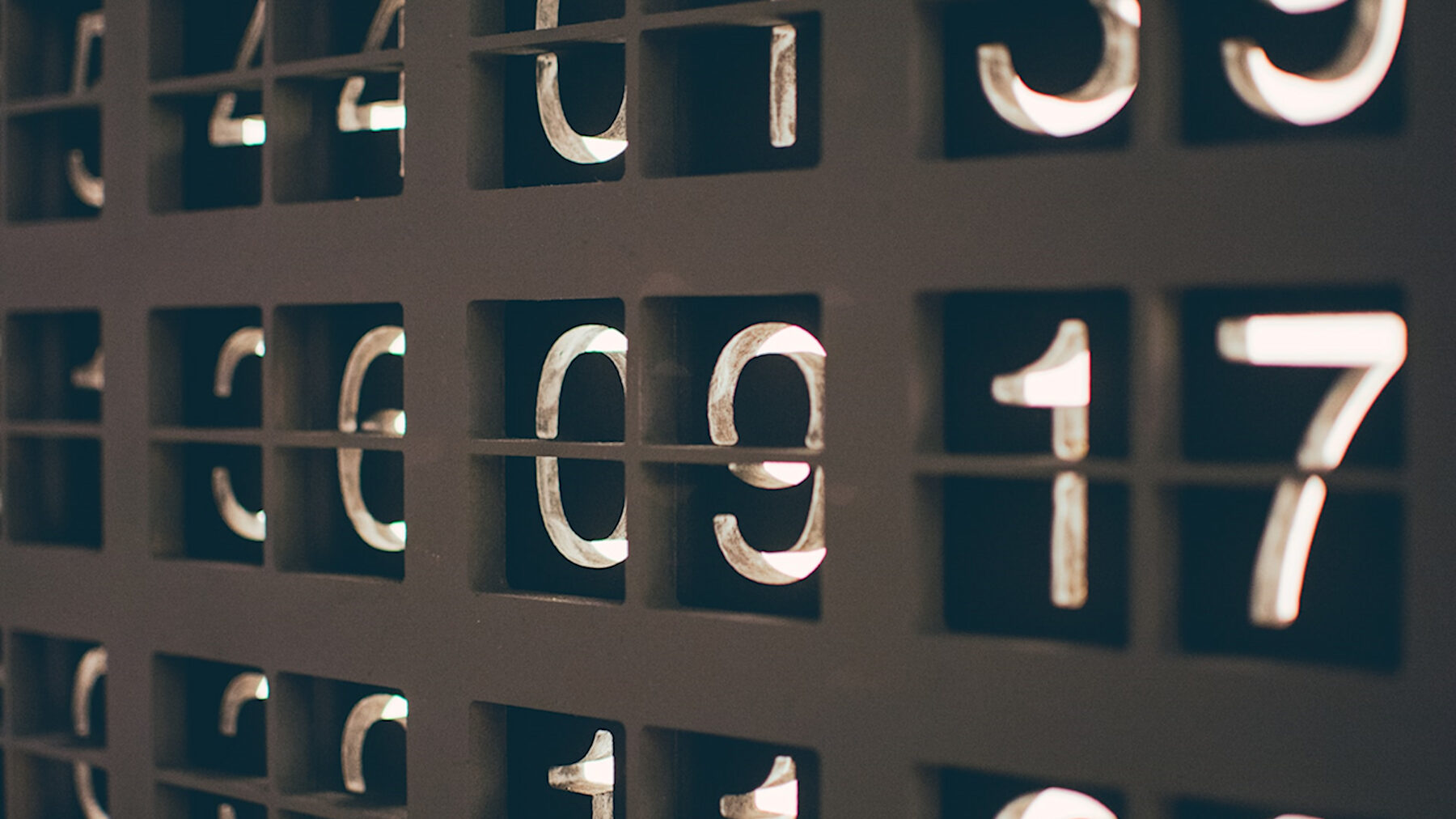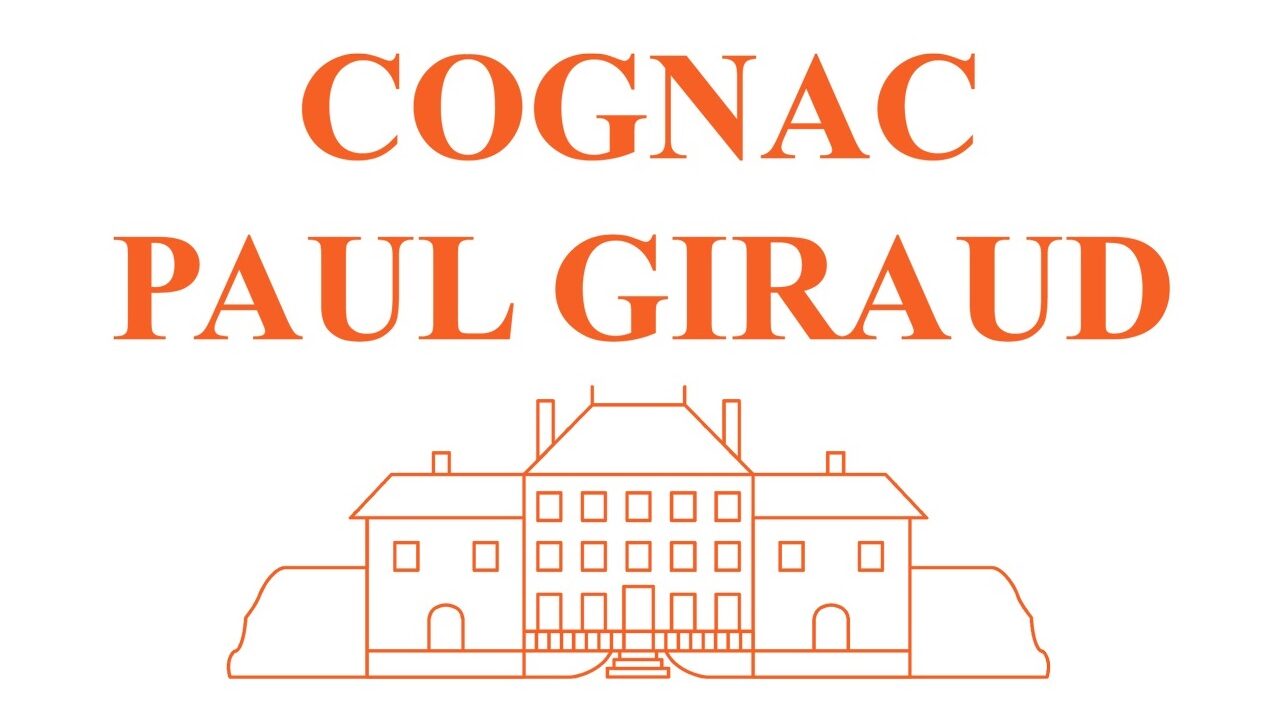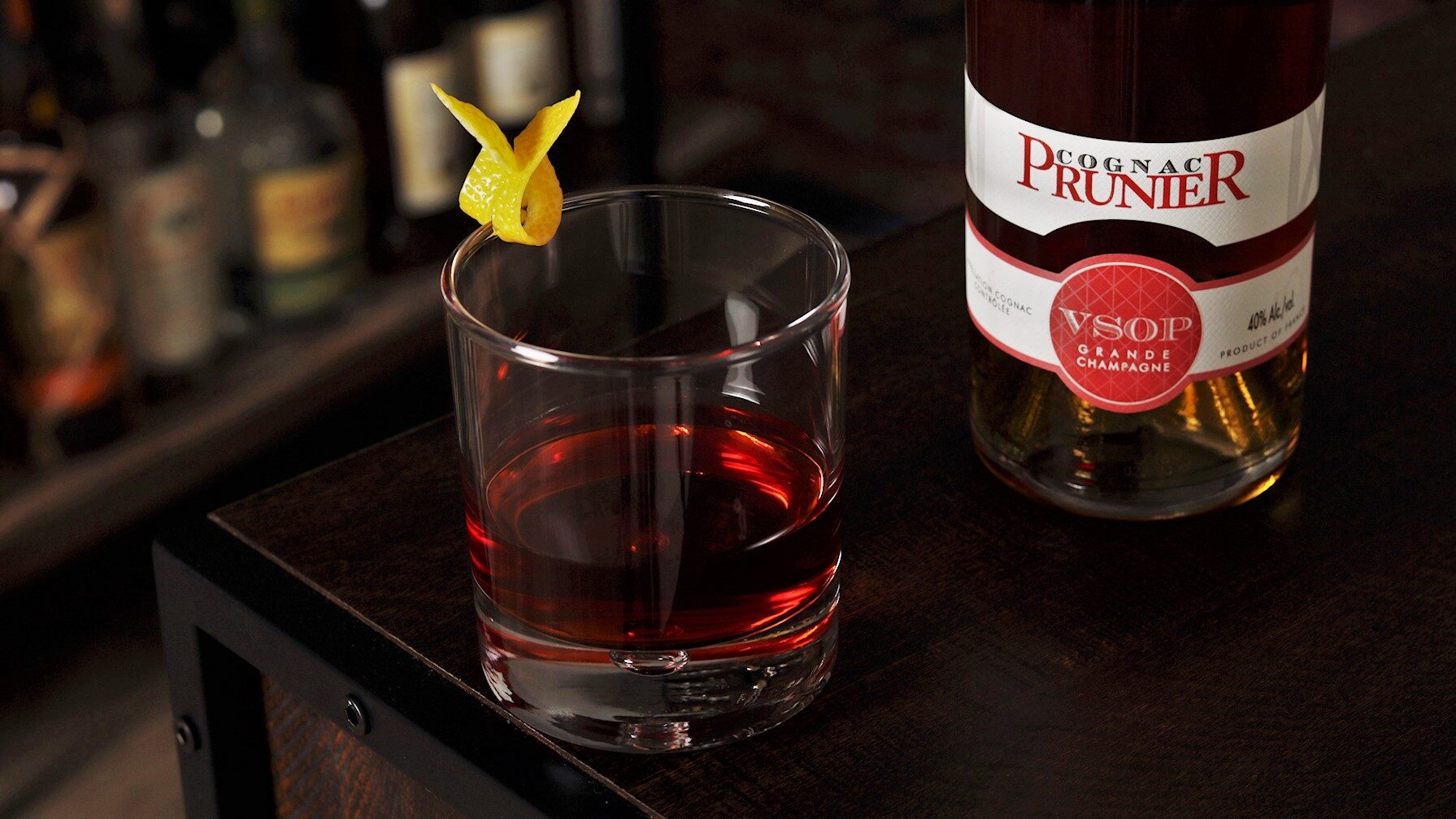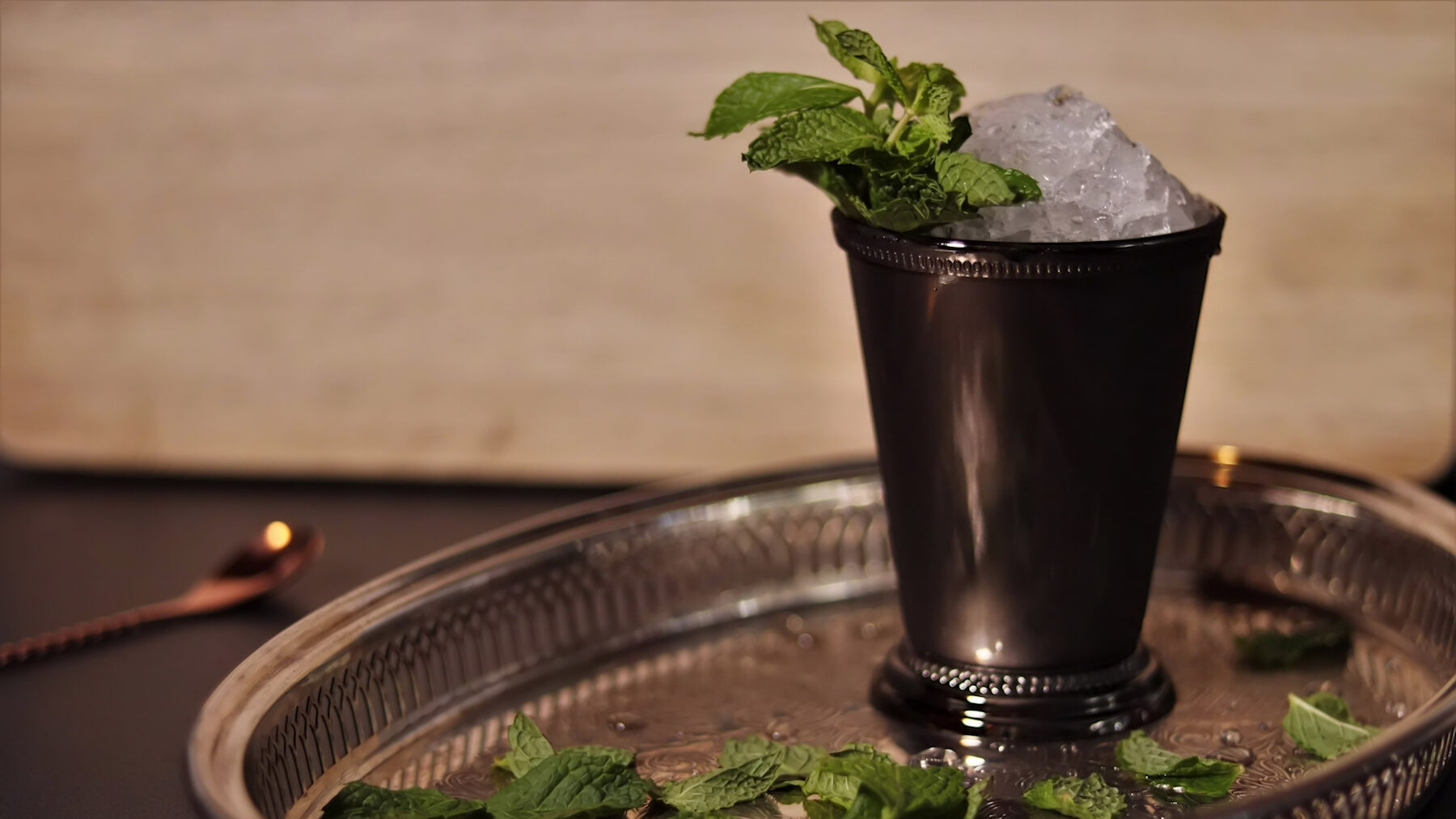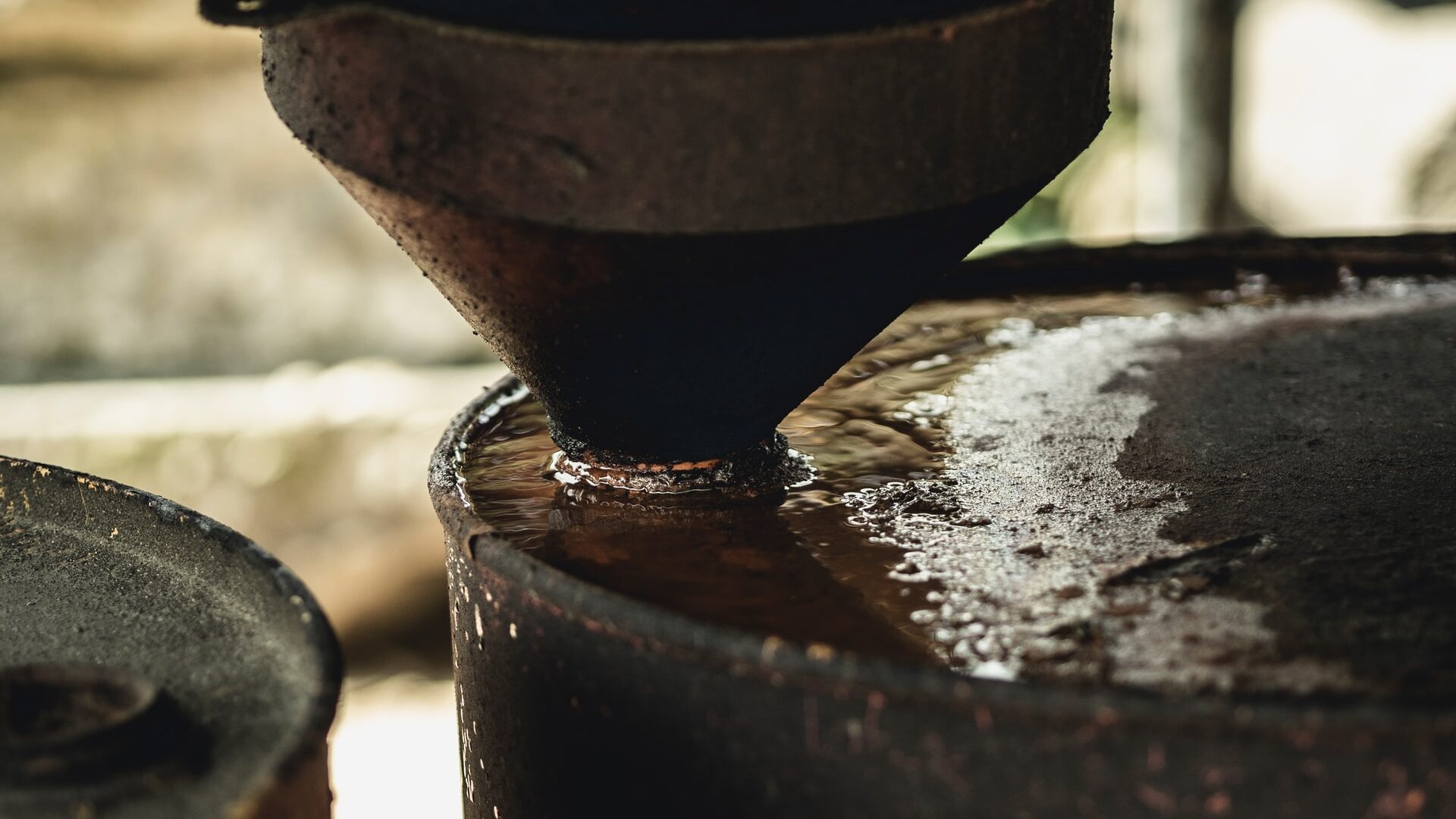Welcome back to our continued discussion on age classifications for Cognac. If you missed Part I, feel free to click HERE and get caught up. We’re going to look at a few very important subcategories today. If you remember, the only four official age classifications for Cognac are VS, VSOP, XO, and XXO. But within these four options, we also have a handful of other names you might see on a label.
Before we start, I have a feeling there might be some confusion ahead, so I’d like to begin by pointing out that a producer doesn’t have to put any age classifications on their bottle labels at all. None of them. It’s completely up to them if they want to include it. Even the categories we’re about to discuss don’t have the be on the label. They could choose to put no age designation whatsoever. A great example of this is Rémy Martin 1738 Accord Royal. No where on the label is there anything indicating age. Rémy Martin choose to name it as they did because they wanted to create a special Cognac to celebrate an important date in their brand’s history. Does this mean they’re trying to hide something or be less than forthcoming with what’s in the bottle? Nope! Not at all. It’s just a stylistic choice and absolutely acceptable. Many producers choose to do this, as well. Pierre Ferrand Ambre, ABK6 Ice, Bache Gabrielsen Tre Kors, and Braastad My Selection are just a few other examples of labels with no mention of age on them. So, with that out of the way, let’s get started with a man that needs no introduction, the former Emperor of France.
Napoléon
The name itself comes from the famous French military commander Napoléon Bonaparte. The story is that he took several crates of Courvoisier on his ship when he went into exile on the island of St. Helena in 1815. His crew coined the Cognac as “Napoléon’s Cognac” and the term just stuck. Courvoisier still uses his silhouette on their bottles today.
In order to put Napoléon on your label, the Cognac must be at least six years old (a compte 06). Other names that are sometimes also used instead of Napoléon are “Très Vieux,” “Héritage,” “Très Rare,” “Excellence,” and “Suprême.” Even though six years is what it needs to be, most producers tend to push this into XO territory and higher. Remember, though, this is an unofficial age classification. If your Napoléon is six to nine years old, it’s legally a VSOP. If it’s at 10 years and up, it’s an XO. So why bother calling it Napoléon if you can just label it as VSOP or XO? Well, one reason is that most of the time a Napoléon is a blend that’s something different, something special to the producer. It has a unique quality to it that they want to set apart from the rest of their lineup. Also, chances are the producer already has a flagship VSOP and XO in their portfolio. Having two expressions from the same house, both labeled exactly the same, and being completely different from each other would be confusing to consumers and lessen their brand.
Vintage
Another age specific category is Vintage. It can also be called Millésime. A Vintage Cognac is a Cognac from a single year and a single harvest. There is no blending of different years/ages or crus with a Vintage as you would with many of the other categories. This is sort of similar to defining a whiskey as “single barrel.” But these aren’t very easy to acquire as once the barrel(s) are gone, that’s it. You can’t go back in time and make more. Whereas a single barrel whiskey can continue to be made because the year of origin doesn’t matter.
There is a process that needs to be followed to produce a Vintage Cognac. Once a Cognac house has decided to create a vintage designation, they set aside however many barrels they choose and an official from the BNIC must inspect them and seal the barrels. They’re then locked away in a special cellar with restricted access that can only be entered in the presence of a BNIC representative. Once the Cellar Master decides that it has completed its aging, the barrel is emptied into glass demijohns to be used/bottled at a later date. Sometimes barrels are bottled right away, but that seems to be less common.
Vintage Cognac is one of the exceptions where you can see an actual age on the label. There is also no limitation on how old a Vintage Cognac can be. On the label, you should see a year printed in a large font which is when the eau-de-vie was distilled and put in barrel. That doesn’t tell you how long it was aged, however. As an example, if I bought a 1970 Vintage Cognac today in 2020, that doesn’t mean it was aged for fifty years, just that it was distilled in 1970. There might be a second date on the label that will tell you when it was removed from the barrel so you know how old it is. Let’s continue with this same 1970 vintage and assume the second date says 1998. That would make it 28 years old. If there’s no second date on the label, it could then give an actual age of the spirit right on the front and you can do the math to figure out the date it was removed from the barrel. An example would be that I have a 1962 Vintage Cognac and it says 42 ans d’âge (42 years old) on the label. So that means it was removed from the barrel in 2004. Easy, right?
Réserve
This one I find a bit tricky and confusing. Réserve can be either a VSOP or an XO quality Cognac. To figure out which it is will depend on what other words are on the label. When seen on its own, chances are it’s referring to a VSOP. They can even appear together such as with the picture below. If the word does NOT appear by itself or accompanied by VSOP, then these are in the XO category. A common example you might see is Spéciale Réserve. When there’s an extra word before or after Réserve, then it’s an XO. There’s not really a specific age that is standard for an XO Réserve between the different houses, but it’s mostly agreed upon that it will be older than their standard XO. A hypothetical example is that “House B” has an XO and an XO level Réserve. Their standard XO is an average of 13 years old, but their Réserve is an average of 20 years old. Same XO category, but the Réserve will always trump their flagship XO on age. Now, it can’t get more confusing, right? It sure can.

If you see a “Réserve Familiale,” “Vieille Réserve,” or “Tres Vieille Réserve,” that is a little bit different. It’s still vague on the age (though still read this as a much older XO), however one thing is for sure. These Cognac’s will have some percentage of older, rare stocks of eau-de-vie in the blend from the producer’s Paradis cellar. Usually there aren’t too many bottles of these made since the older eau-de-vie is scarce. As we mentioned before with Vintage Cognac, once it’s gone, it’s gone forever. These Cognac’s are most likely very good and much more expensive because of the rarity of the older stocks in the blend. The bottles themselves are usually of a special design, something different than their standard lineup. A common practice is to make one of these blends to celebrate a very special occasion like an anniversary of the Cognac Maison.
Hor d’Âge
This is the big daddy of Cognac. If you like it old with loads of earth, leather, tobacco, and rancio, this is for you. But you’ll be forking over a great deal of money, and for good reason. Hor d’Âge means “beyond age.” These Cognac’s are the highest quality that you can buy, in terms of age, marketed as beyond the official age scale. They can be blends of 30+ year old Cognac’s, but usually go much older than that like 40, 50, or even 100+ years. Yes, you read that correctly. And you thought that 25 year old American bourbon was old! An Hor d’Âge is even more rare than Réserve Familiale. It’s almost certain the bottle will be designed as a centerpiece made to catch your eye. We’re talking Baccarat crystal, a display box, maybe gold leaf lettering, the whole works. The most famous and well known example of this would be Rémy Martin Louis XIII. Now, some of these will cost upwards of $3,000+. I’ve tasted Louis XIII a few times, and yes, it’s really good. But that doesn’t mean I can go out and drop money on one. There are some less expensive options out there, but do expect to spend at least $300-500 on those.
Multiple Age Classifications
You might have seen a bottle of Cognac with several of these different terms on it. So how do we read that? Let’s look at a few examples. Remember when we talked about XXO in Part I of this post? Well, the official name of that Hennessy product is ‘Hennessy XXO Hor d’Âge.’ We know XXO is at least 14 years old and that Hor d’Âge can be over 30+ years old, so we default to the oldest age statement. XXO is ignored and we accept Hor d’Âge as what we should be referencing. Let’s do a made up one and assume there’s a product called Frapin XO De Luxe. XO is at least 10 years old while De Luxe is another name for VS and at least two years old. Ten is older than two, so we defer to the XO age statement on this one and know everything in the bottle is at least ten years old.
A Final Thought
Lastly, there’s something that comes up a lot with many different spirits, but Cognac in particular you really see the divide. What I’m referring to is the comment you hear often that goes something like, “So, if XO is the oldest, it has to be the best, right?” I have a problem with anything referred to as “the best.” Calling anything “the best” is 100% subjective. The best according to who? You? Me? Your boss? The mailman? We all have different wants, needs, and opinions. This doesn’t stop with drinking Cognac. I absolutely love all of the age classifications equally because they each represent something different, something specific that it can provide that the others can’t. Frequently I see comments on Facebook groups or message boards from individuals that claim they ONLY drink XO and up because the VS and VSOP are boring, pointless, rough, lack character, etc. That’s something I’d wish would change within the community. There is an elitist aura some of the old guard of Cognac connoisseurs have and lots of the self-proclaimed, modern-day experts. What’s amusing is that they wouldn’t even be able to drink their XO’s if the sales of VS and VSOP weren’t supporting the entire industry. Without these younger Cognac’s, there would be no XO’s. So, go ahead and drink exactly what you like. We shouldn’t judge. But please don’t put down others for their choices. We’re all here to enjoy and promote Cognac as a whole category, after all.

